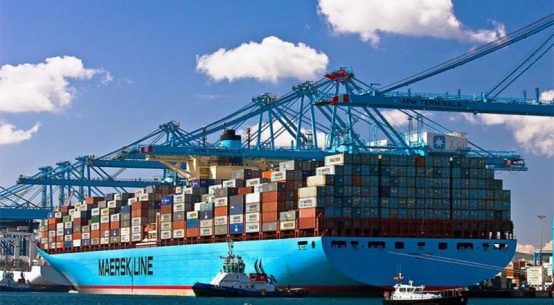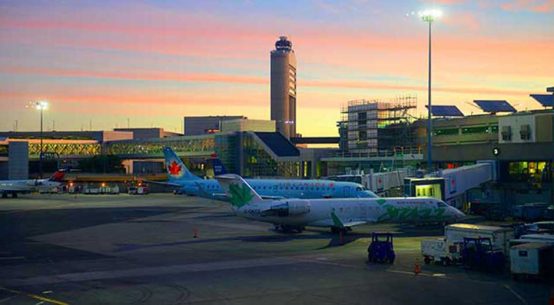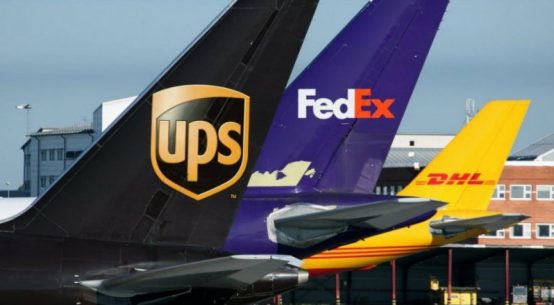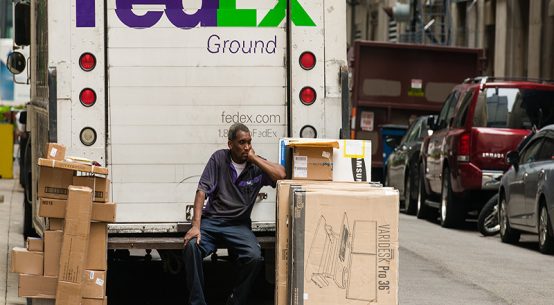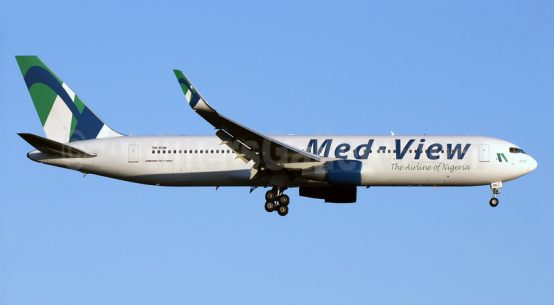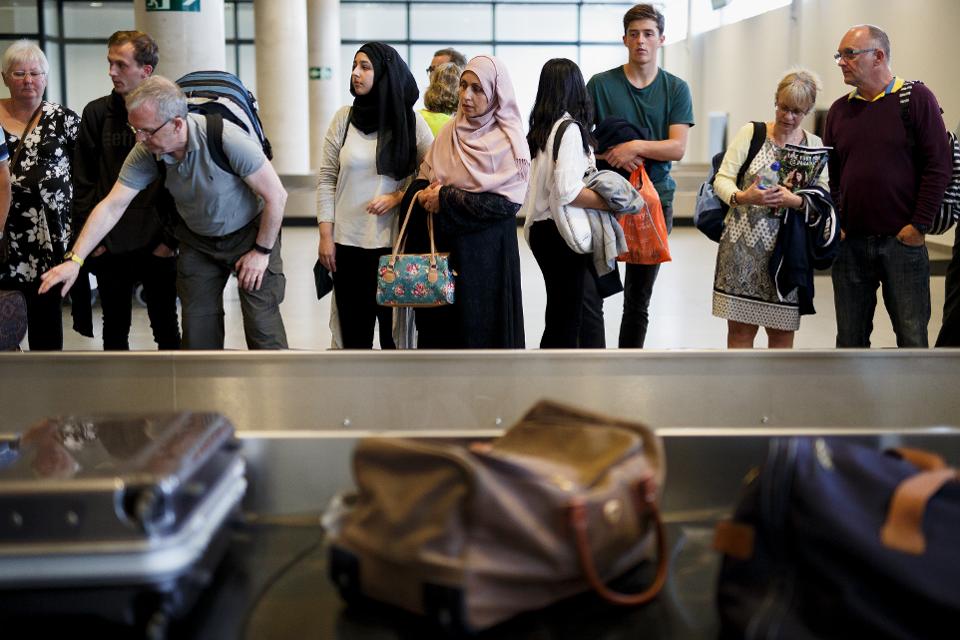
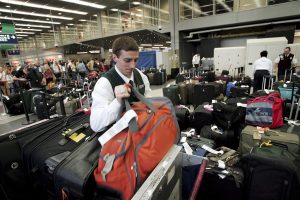
With the summer travel season is in full swing, it’s time to consider an unglamorous irritant: luggage theft.
Thanks to Osama Bin Ladin and other terrorist threats, resources from the Transportation Security Administration (TSA) to local police have been deployed to protect travelers in airports across the United States and the world. Most of the screening (and those interminable lines) takes place before passengers and their luggage can get on a plane.
Unfortunately, few such security resources are deployed on the arrival side, when exhausted travelers wait impatiently to be reunited with their baggage. Not only does one black roller bag look like another, but the luggage carousel areas at many airports (looking at you, LAX, Burbank, Las Vegas) are wide open to walk-ins from the street or other parts of the airport.
How easy is it for someone to wheel out a couple of roller bags? In the unlikely event they’re caught, they can simply say, “Oh sorry, I thought that was my roller bag.”
How bad is the airport theft problem? In 2012, the DAILY MAIL claimed that NY’s JFK airport had more than 200 thefts per day from checked luggage. Even more disturbing, the story claimed that often airport employees were behind the theft, and that the airlines simply reported the luggage as lost. Similarly, in 2014, a “ring” of 25 baggage handlers was accused of theft at LAX. And a CNN story on the TSA from 2010 to 2014 found people filed 30,621 claims of missing valuables, either from checked luggage or disappearing at security checkpoints.
If your luggage goes from being “delayed,” as the airlines like to put it, to ‘dearly departed’, how much can you be compensated for your lost or quite possibly stolen luggage? American Airlines says their liability for ‘loss, delay or damage’ of baggage is $3500 per ticketed passenger domestically, and up to 1,131 SDRs (Special Drawing Rights) per ticketed passenger internationally. While this sounds grand, a currency converter reveals that 1,131 SDRs are worth about $1567.
Collecting from the airlines also poses a series of challenges. American, for example, asks you to fill out a passenger questionnaire with the following information:
-Airline ticket receipts
-Baggage claim checks
-Original receipts are required for all reimbursement for delay expenses
-Receipt(s) for excess value claimed
-Receipt(s) for excess baggage charges paid
-Receipt(s) for all items valued over $150.00
-Clear and legible government issued photo identification for each passenger making a claim
So what is to be done? Short of deploying another TSA-sized army to protect your luggage, not much. Perhaps airlines could ‘seal off’ luggage claim areas to non-ticketed passengers, but asking frazzled travelers to provide ID and a boarding pass just to wait for luggage might provoke a rebellion.
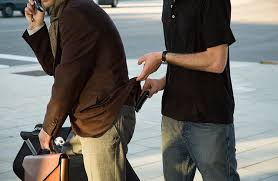
So the onus of protecting your valuable falls squarely on you. Some suggestions:
- Go carry-on when possible. Not only will this speed your trip, but it can save you checked-luggage fees on most airlines. BTW, what most people think of as a $25 fee is just for the first bag. On American, for example, the first bag is $25, the second $35, the third bag is $150, and the 4th through 10th are $200 each.
- If you do check luggage, whenever possible DON’T pack items of great value (economic or sentimental) in your suitcase.
- If you’re taking jewelry, cash, small electronics and the like, DO carry it with you, in your pocket, purse, or other carryon. Watch carefully when it goes through the metal detector. This isn’t fool-proof (what if you get pulled aside for additional screening while your stuff sits exposed on the conveyor belt?) but it should significantly reduce the potential for “shrinkage” at the checkpoint.
- The fewer valuables you take, the better off you are. How many of us have left phones, laptops or jewelry at a TSA checkpoint in the mad rush to catch a flight? Yes, you will usually get it back, but not always.
- Don’t use luggage that stands out—but DO make it distinctive. Not surprisingly, designer and other high-end luggage gets unwanted attention from thieves. But make your ordinary luggage stand out, so it’s easier for you to spot and harder for a thief to claim he thought it was his. This might mean a blue or patterned roller bag instead of black, or simply tucking a colorful cloth or stuffed animal around the handle.
- Be prepared to prove your case: Take pictures of the content of your suitcase, back them up (what if your phone disappears?) and have receipts for items that cost more than $100.
- If there’s no sign of your bag, report it to the airline before you leave the luggage area. If the bag never shows up, you will typically have several weeks (45 days on American, for example) to file an itemized claim.
- You may also want to file a police report or TSA claim form, particularly if your bag reappears but your valuables do not. It can take up to six months, but according to the Huffington Post, in 2015 the TSA settled about 37 percent of claims for stolen or damaged items
- Travel insurance, some credit cards or your homeowners insurance might also compensate you for lost or stolen luggage. Again, you’ll need those receipts, photos and documentation in hand.
Culled from Forbes News



